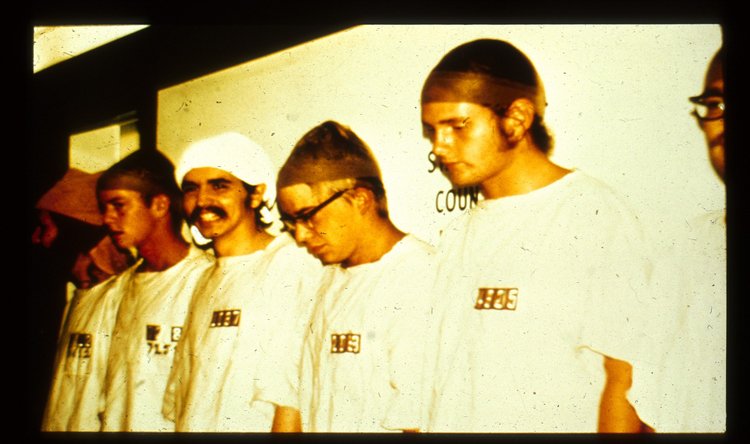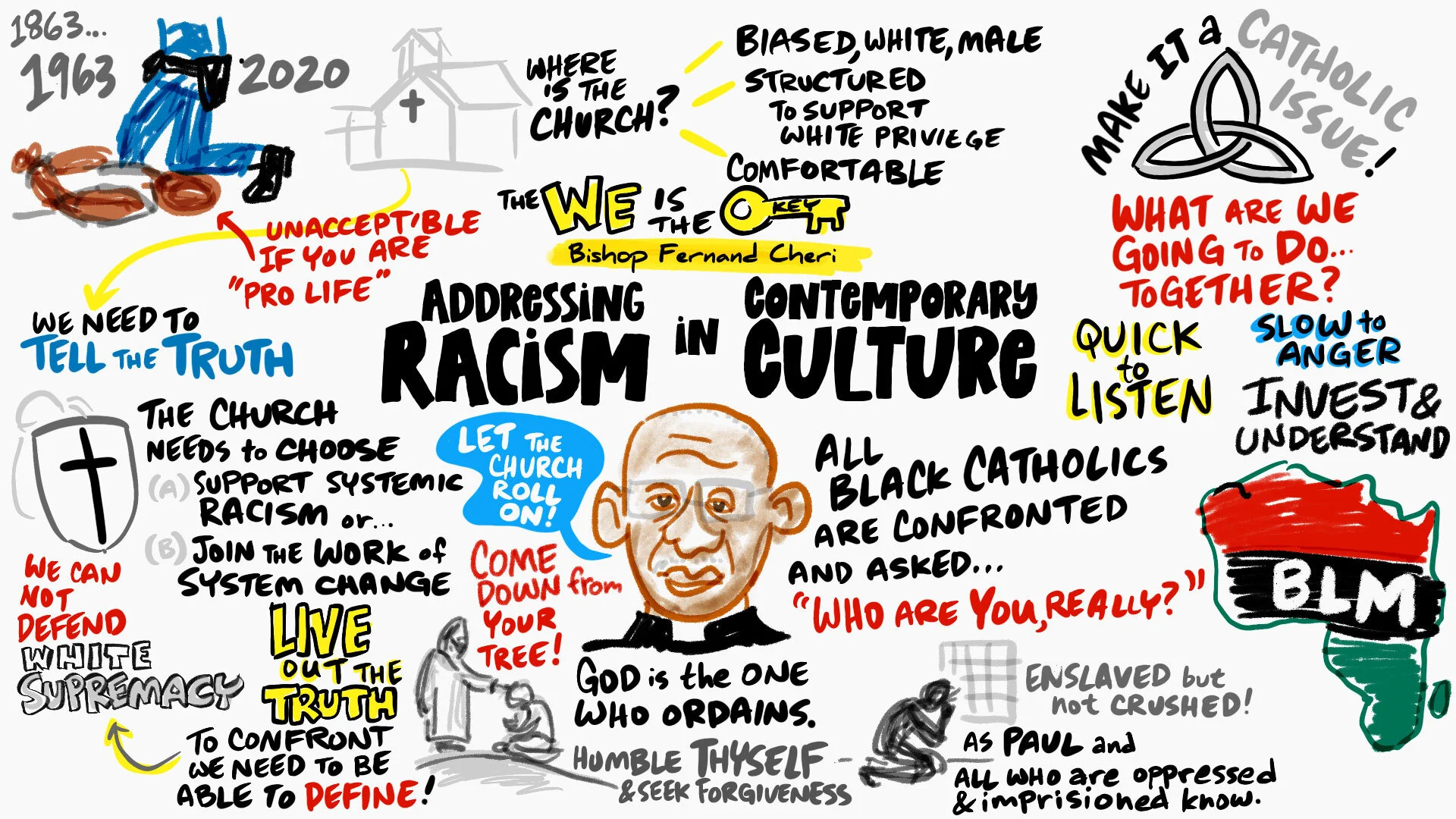The Melancholia of Social Networking
/The disturbing results continue to be an increase in both depression and suicide.
The American Foundation for Suicide Prevention reports that an average of 19 million Americans suffer from depression. Of these suffers, over 30,000 will take there own lives, with almost 20,000 of these suicides are aged 15 to 34-years-old.
Every day, approximately 80 Americans take their own life, and 1,500 more attempt to do so.
Depression has, of course, many causes: economics, family history, neurobiology and microchemistry, physical or emotional trauma.
However, the most profound source seems to be a person's interpersonal relationship with their surroundings and the people around them.
More than half (55%) of all online American youths ages 12-17 use online social networking sites, according to a 2007 national survey of teenagers conducted by the Pew Internet & American Life Project. So why is suicide among young people rising?
From Sense of belonging a key to suicide prevention
Wed Apr 2, 2008 3:13pm EDT
They can also look to the American Foundation for Suicide Prevention (http://www.afsp.org/), the National Suicide Prevention Lifeline (http://www.suicidepreventionlifeline.org/), and the National Strategy for Suicide Prevention (http://mentalhealth.samhsa.gov/suicideprevention/fivews.asp) for information. |









